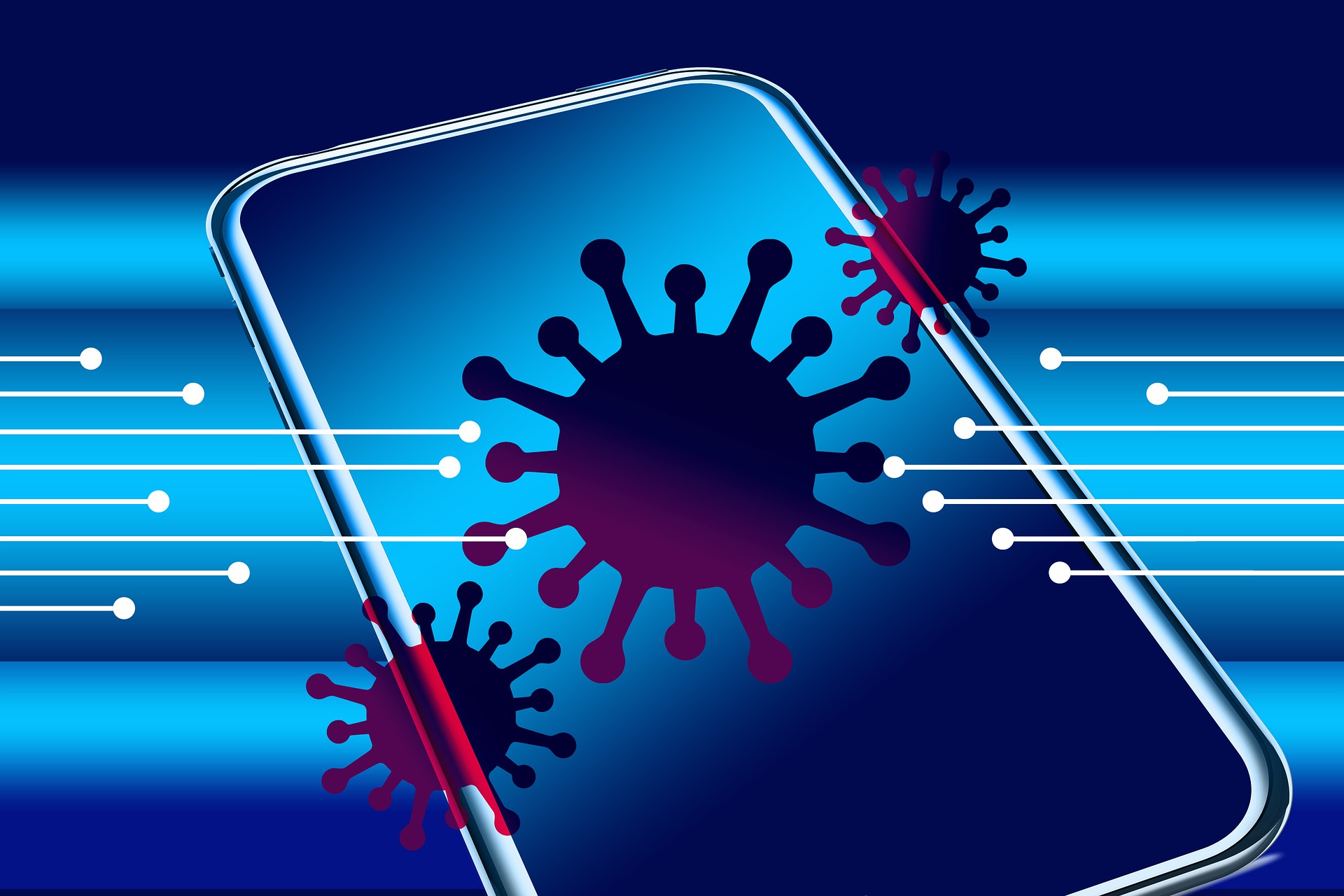Last week, the Centers for Disease Control (CDC) finally eased their masking guidelines, with the introduction of a new, color-based system for counties around the country. Each color code corresponds to a level of risk: green for low-risk counties, yellow for medium risk areas, and orange for those areas where COVID-19 infection rates are still comparatively high. Stringent mask guidelines are still in effect for orange areas, at least while people are indoors. Hamilton, Butler, and Clermont counties are all in the yellow category as of March 1st, 2022. Perhaps this is an indication that the pandemic has finally begun to wind down.
In any case, one of the questions that arises when examining these developments is how do the CDC and local health departments track and analyze COVID infection rates in different areas, anyway? Let's explore some of the methods and technological platforms that have been used to track the virus.
Contact Tracing
The CDC uses a variety of digital and analog tools for keeping track of the number of people who have contracted the COVID-19 virus. On the national level, it uses two main technology platforms: District Health Information Software (DHIS2) and Surveillance, Outbreak Response Management and Analysis System (SORMAS).
Both of these platforms are designed to pool data from local sources into more centralized systems, which can analyze contact tracing data and track both suspected and confirmed cases as institutions report them. DHIS2 was developed at the University of Oslo, and is used in over 70 countries. SORMAS is an open-source, free-to-use program that not only allows effective data analysis but also contains information about diagnostic and containment procedures for a variety of epidemics, as outlined by the World Health Organization (WHO). The CDC also use a handful of other open-source and free-to-use platforms designed for data collection in the field or in situations where internet access isn't reliable.
For those parts of the country that don't have well-developed tech infrastructure or lack access to properly the trained people, paper is always a good fall back. Local health authorities will log cases and other information on standardized ledgers, collect the paperwork, and then report the data manually to the proper authorities for additional analysis.
The Benefits of Open-Source Software
As we pointed out in the paragraphs above, several of the tech products used for analyzing COVID are open-source. Open-source is a licensing agreement wherein a product developer willingly shares the source code and software with the public so that anyone can examine, use, and adapt it for whatever purpose they want, often free of charge.
This isn't always a good idea, but for something as far-reaching as a global pandemic, this model is indispensable. An open-source platform allows scientists and medical professionals to easily track, analyze, and share data. This means that professionals across regions and countries can easily collaborate on public health measures without worrying about the expense and constraint of proprietary software. What's more, allowing anyone to edit a product's source code enables more flexibility and innovation from the users.
There are several commonly used software products that operate under the open-source model: the Mozilla Firefox internet browser, Linux operating system, and both of the blockchains for Bitcoin and Ethereum are open-source.
In fact, there are numerous open-source software platforms for a variety of industries. Open-source programs are a great way to cut costs and maintain security. Contact Titan Tech today to find out if open-source software would be right for your business.
And keep it here for all your tech news.

